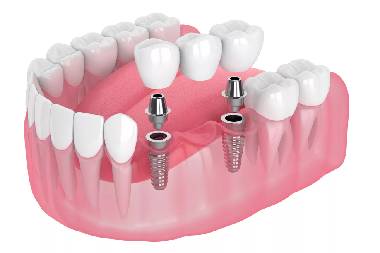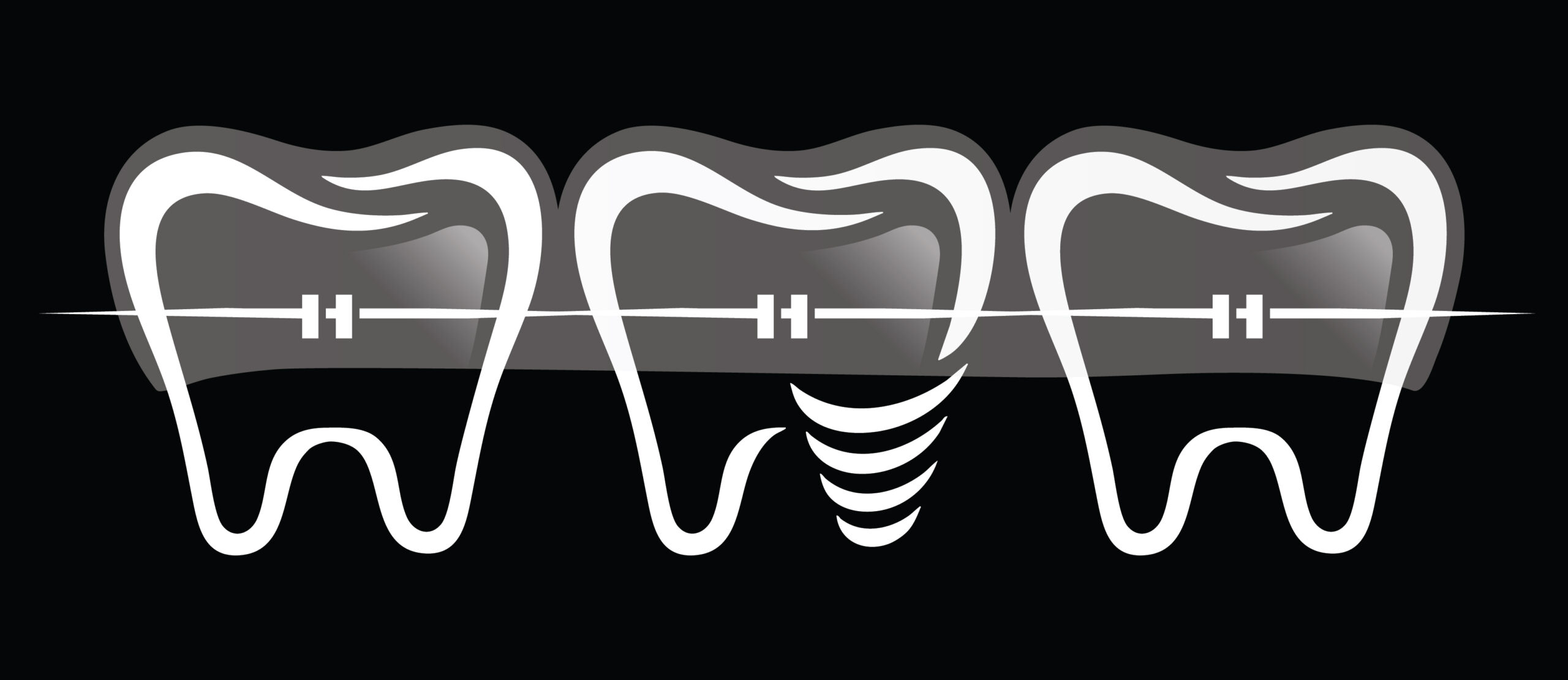Crowns & Bridges
1. Definitions
Crown (Cap): A tooth-shaped restoration that covers a damaged or weakened tooth to restore its shape, size, strength, and appearance.
Bridge: A fixed dental prosthesis used to replace one or more missing teeth by anchoring to adjacent natural teeth or implants.
2. Indications
Crowns
Grossly decayed or fractured teeth
Root canal treated teeth (to prevent fracture)
Worn-down teeth (attrition, erosion)
Discolored or malformed teeth (cosmetic)
To support large fillings
To protect weak teeth from breaking
Bridges
One or more missing teeth with healthy adjacent teeth
To prevent drifting of adjacent teeth
To restore chewing and speech function
To improve aesthetics
As a more affordable alternative to implants
3. Contraindications
Crowns
Poor oral hygiene
Insufficient tooth structure
Active periodontal disease
High caries risk
Bridges
Lack of suitable abutment teeth
Mobility of supporting teeth
Advanced bone loss
Financial or maintenance concerns
4. Types of Crown Materials
| Material | Features |
|---|---|
| Porcelain-fused-to-metal (PFM) | Strong, good aesthetics, but metal may show at gum line over time |
| All-Ceramic / All-Porcelain | Best aesthetics, ideal for front teeth, less strength than PFM |
| Zirconia | Very strong, tooth-coloured, biocompatible |
| Gold / Metal Alloys | Extremely durable, less aesthetic, ideal for back teeth |
| Composite Resin | Less durable and aesthetic, usually temporary |
5. Types of Bridges
| Type of Bridge | Description |
|---|---|
| Traditional Bridge | Uses two crowns on adjacent teeth with a pontic (false tooth) in between |
| Cantilever Bridge | Supported by one adjacent tooth only (rarely used due to stress) |
| Maryland Bridge | Metal or ceramic wings bonded to the back of adjacent teeth (minimal prep) |
| Implant-Supported Bridge | Supported by dental implants rather than natural teeth |
6. Procedure (Crowns & Bridges)
Visit 1: Tooth Preparation
Local anesthesia
Shape the tooth/teeth (reduce for crown placement)
Take impressions (digital or traditional)
Shade selection
Place temporary crown/bridge
Visit 2: Cementation
Remove temporary restoration
Try-in permanent crown/bridge
Check fit, bite, aesthetics
Cement permanently using dental cement
7. Advantages
Restores function (chewing, speaking)
Enhances aesthetics
Protects and strengthens damaged teeth
Fixed and long-lasting solution
Prevents movement of adjacent teeth (in bridges)
8. Disadvantages
Tooth reduction (removal of natural tooth structure)
Can be expensive
May cause sensitivity initially
Risk of failure if oral hygiene is poor
Not reversible
9. Maintenance Instructions
Brush twice daily with fluoride toothpaste
Use floss or interdental brushes (especially under pontic of bridge)
Avoid very hard or sticky foods
Regular dental check-ups and cleanings
Use a floss threader or super floss for bridges
10. Lifespan
Crowns and bridges can last 10–15 years or more with good care.

